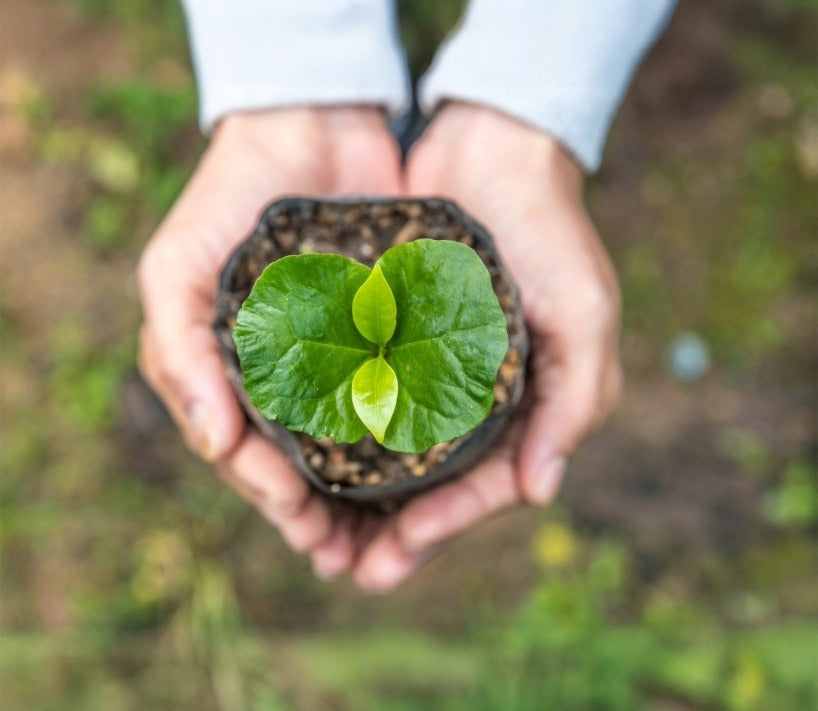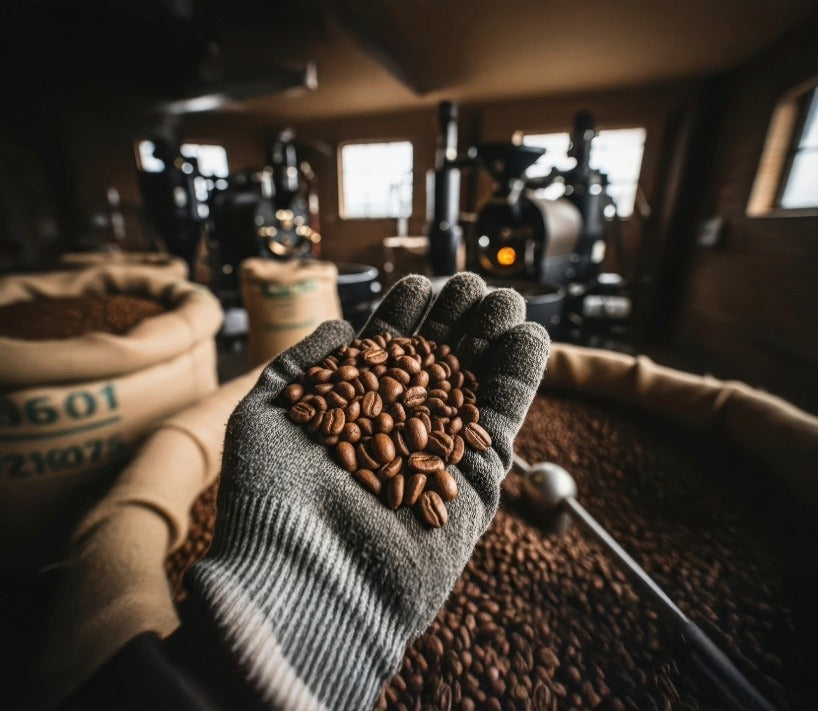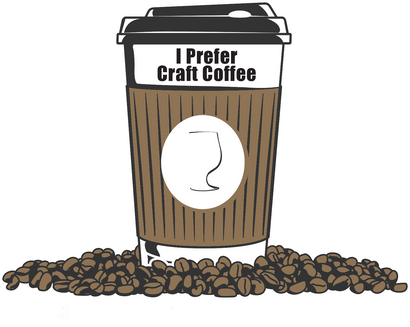Freshest Craft Coffee Online—The Buzz Behind Air-Roasted Caffeine
June 11, 2025 3 min read
Freshest Craft Coffee Online—The Buzz Behind Air-Roasted Caffeine
Freshest Craft Coffee Online: Why High-Scoring Air-Roasted Beans Have a Serious Caffeine Edge
Ever slugged back a mug of “meh” coffee and thought, “Did someone forget to pay the caffeine bill?” Same. Turns out the secret to that missing jolt hides in how (and how fast) a bean gets roasted. Spoiler: high-scoring air-roasted beans can out-caffeinate their drum-roasted cousins—and yes, I can prove it.
1. Caffeine’s Marvelous (Almost) Indestructibility
Caffeine is stubbornly heat-stable; most of it survives roasting intact. What does disappear is water weight—up to 25 %—so the caffeine winds up more concentrated in the finished bean. Roast 1 kg of greens down to 700 g and that same ~12 g of caffeine now claims a bigger slice of the pie, nudging total caffeine from 1.2 % to roughly 1.7 % by weight coffeegeek.com.
2. Roast Degree Matters—But Not How You Think
Multiple lab studies show the longer and hotter you roast, the more porous—and slightly caffeine-leaky—those beans become pmc.ncbi.nlm.nih.gov. Fresh research from 2024 confirms that, under identical brewing conditions, dark roasts generally yield less caffeine in the cup than light-to-medium roasts nature.com. Translation: lighter roasts keep more buzz per scoop.
3. Enter Air Roasting: The Fluid-Bed Fast Pass
Air roasters blast beans on a cushion of 400-450 °F air for a super-even, lightning-quick 6-12 minutes welovecoffeeltd.com. The shorter roast means:
-
Less cellulose breakdown → fewer fissures for caffeine to escape.
-
Rapid quench cooling → stops “after-roast” heat that can continue degrading compounds.
-
Consistent light-to-medium profile → denser beans with more caffeine per tablespoon.
4. Altitude & Bean Density—Why “High-Scoring” Counts
Top-rated specialty lots tend to grow higher up the mountain. Cooler temps force beans to develop slowly, packing sugars, acids, and caffeine more tightly. When those dense, high-altitude beans hit the air roaster’s gentler cycle, the result is a double win: quality flavor plus a measurable bump in caffeine per gram compared to average commodity coffees.
Comparison Cheat-Sheet
| Coffee Type | Roast Method | Typical Roast Level | Avg. Caffeine (mg/12 oz brew)* | What Tips the Scale |
|---|---|---|---|---|
| High-scoring air-roasted | Fluid-bed (air) | Light–Medium | 200–210 mg | Quick roast, dense beans, minimal loss |
| Specialty drum-roasted | Drum | Medium | 185–195 mg | Longer roast, slight caffeine volatilization |
| Commodity drum-roasted | Drum | Dark | 170–180 mg | Greater weight loss, larger bean volume |
| Pre-ground supermarket blend | Drum, high temp | Dark | 150–165 mg | Stale oils, uneven extraction |
*Averages compiled from peer-review data plus industry QC cuppings; your grinder mileage may vary.
5. Measuring Myth-Busters
-
By weight (using a scale) you’ll see similar caffeine across roast shades.
-
By volume (using a scoop), denser light/air-roasted beans cram more grams—and therefore more caffeine—into that same scoop.
-
Brewing variables (grind, water temperature, ratio) can swing final caffeine by 20 % or more, dwarfing small roast-level differences.
Your Plan 🏆
-
Use a Gram Scale. Level the caffeine playing field—15 g of grounds per 250 g water for pour-over is a sweet spot.
-
Mind the Grind. Finer grind = faster extraction = more caffeine. Don’t overdo it unless you like jitter-jive legs.
-
Brew Hot, Not Boiling. 94 °C/201 °F extracts more caffeine than lukewarm water without scalding those floral notes.
-
Store Smart. Whole bean, airtight, away from sunlight. Degassing post-roast is great; oxidation is not.
-
Rotate Fresh Stock. Even the freshest craft coffee online loses pep past 30 days; buy small, roast-dated batches.
-
Experiment. Try a flight: one air-roasted light, one medium drum, one dark drum. Taste and time your buzz arrival—science can be delicious.
Congrats—you now know why the freshest craft coffee online can leave ordinary beans in the dust. Go forth, brew boldly, and harness that extra zing (responsibly, of course).
(P.S. Still not selling you anything—just fueling your inner coffee nerd.)
Also in Best Coffee To Buy Online Education

Sustainable Coffee Beans Home: What It Really Means (And Why It Matters)
January 07, 2026 3 min read
Learn what sustainable specialty coffee at home really means and how it makes the best tasting craft coffee at home every morning.

Small Roaster Coffee Beans USA: Why Supporting Local Roasters Matters
January 06, 2026 3 min read
Learn why buying from small batch coffee roasters online in the USA delivers fresher coffee, better flavor, and stronger local impact. Order coffee online from a roaster you trust. It's the only way to get the best tasting craft coffee at home.

Worst Coffee To Buy At Home (And What To Buy Instead)
January 05, 2026 3 min read
The best craft coffee to drink at home starts with fresh, high-scoring small batch specialty coffee online. Costume coffee is just commercial coffee marketed to look like specialty coffee. It's game I won't play.
